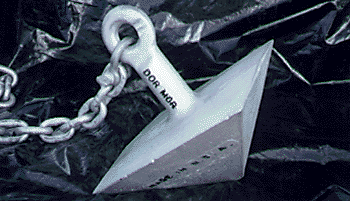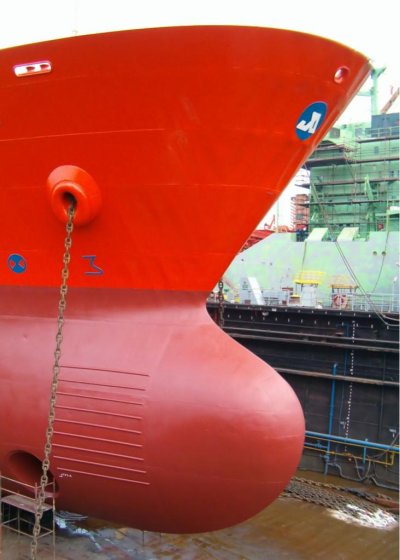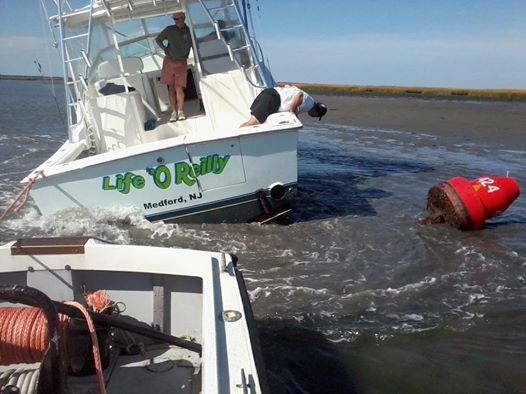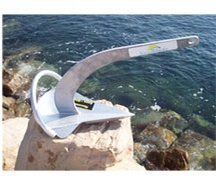Nomad Willy
Guru
N4712 wrote "It's a totally different design."
I mentioned ballast earlier and supposed there may be ballast disguised. Looking at the "tractor seat" I see something that looks a lot like a roll bar. The outer edge of the "seat" looks a lot like a roll bar. Perhaps they just moved the roll bar down and back. With a clever arrangement of the CG maybe it could work as the roll bar did.
But I still think it looks more like a Spade than anything else.
Went back an looked at the link on the OP.
" The new anchor design features a unique combination of shank and fluke geometry, which in conjunction with a roll-palm at the rear of the fluke, self-rights the anchor". Hmmmmmm
Actually I went back to find this;
" "Rocna Anchors designer, New Zealand sailor Peter Smith, has been designing, building and sailing boats since the early 1960s and experienced the same anchoring problems that are still prevalent today – unreliable anchors that make boaters feel insecure. “Your anchor should provide you and your crew with reliability, security and confidence,”.."
He seems to be trying to scare boaters into thinking their anchors are unsafe and the only responsible thing to do is buy his product. Blow their confidence out of the water and they must have great motivation to get a new anchor. It's called creating a market where there was none. I think I've heard a lot of similar stuff from PS and it's worked well for him.
I don't like the above at all but I actually kinda like the new anchor. But there's no new market. We don't need it. The seven anchors I have have never failed me and if one does I've got 6 to go.
I mentioned ballast earlier and supposed there may be ballast disguised. Looking at the "tractor seat" I see something that looks a lot like a roll bar. The outer edge of the "seat" looks a lot like a roll bar. Perhaps they just moved the roll bar down and back. With a clever arrangement of the CG maybe it could work as the roll bar did.
But I still think it looks more like a Spade than anything else.
Went back an looked at the link on the OP.
" The new anchor design features a unique combination of shank and fluke geometry, which in conjunction with a roll-palm at the rear of the fluke, self-rights the anchor". Hmmmmmm
Actually I went back to find this;
" "Rocna Anchors designer, New Zealand sailor Peter Smith, has been designing, building and sailing boats since the early 1960s and experienced the same anchoring problems that are still prevalent today – unreliable anchors that make boaters feel insecure. “Your anchor should provide you and your crew with reliability, security and confidence,”.."
He seems to be trying to scare boaters into thinking their anchors are unsafe and the only responsible thing to do is buy his product. Blow their confidence out of the water and they must have great motivation to get a new anchor. It's called creating a market where there was none. I think I've heard a lot of similar stuff from PS and it's worked well for him.
I don't like the above at all but I actually kinda like the new anchor. But there's no new market. We don't need it. The seven anchors I have have never failed me and if one does I've got 6 to go.
Last edited:







 (though the new model will need to be much better (or cheaper) than either Spade or Ultra).
(though the new model will need to be much better (or cheaper) than either Spade or Ultra).